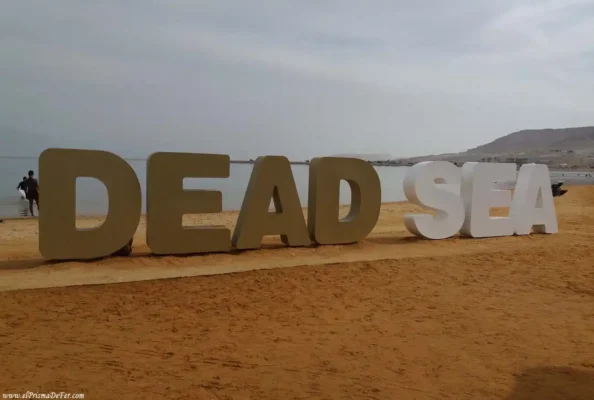After spending a few days immersed in Jerusalem, where history and spirituality are breathed in every corner, I arrived in Tel Aviv, the modern and vibrant capital of Israel.
The contrast couldn't be greater: from ancient alleys steeped in religious symbolism, I moved on to a young, cosmopolitan coastal city where life seems to revolve around the beach, gastronomy, and nightlife.
Tel Aviv is known as the city that never sleeps, and I quickly understood why. With its Bauhaus architecture, vibrant markets, and Mediterranean waterfront, it's a place that uniquely combines modernity with tradition.
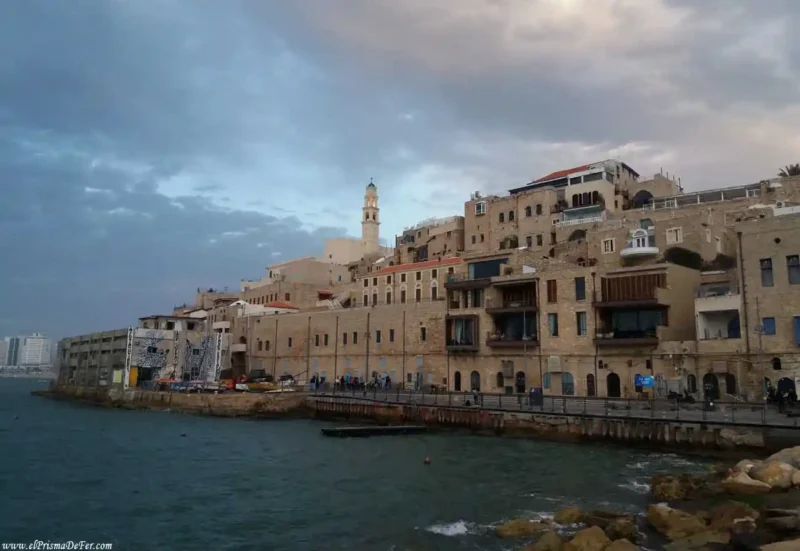
Table of Contents
How to get to Tel Aviv
Tel Aviv is served by Ben Gurion International Airport (TLV), the largest airport in Israel and one of the main airports in the Middle East. It is located approximately 20 km from the city center and receives direct flights from Europe, the Americas, and Asia.
From the airport, you can reach the city center by train (about 20 minutes to Tel Aviv HaHagana Station), by taxi, or by private shuttle services.
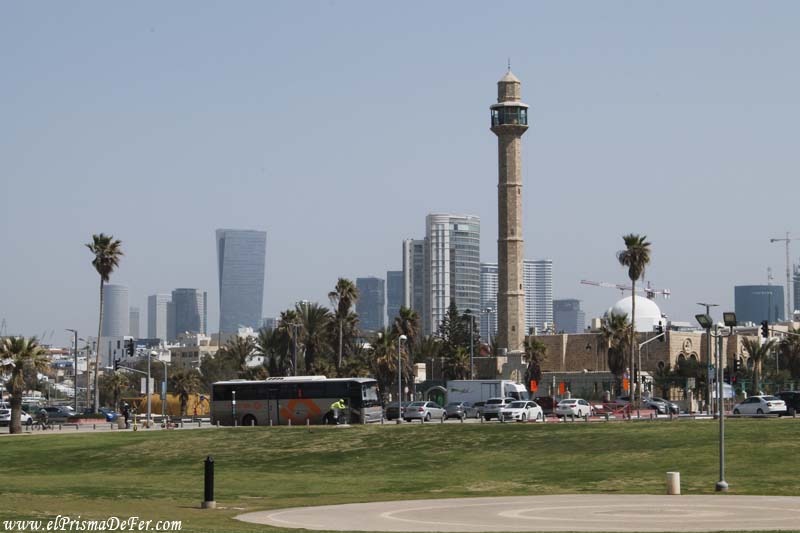
If you're already traveling within Israel, getting to Tel Aviv is very easy:
- From Jerusalem, for example, there are frequent buses that connect the two cities in about an hour, as well as a modern high-speed train that covers the journey in just 30 minutes.
- There are also train and bus connections from Haifa, Eilat and other major cities, making getting around the country quite convenient.
How to get around Tel Aviv
Tel Aviv is a relatively compact city and very easy to explore. Many of its main attractions are close to the sea, so walking is a great way to get around and enjoy the Mediterranean atmosphere.
Another very popular option is to rent an electric bicycle or scooter through apps, as the city has bike lanes and a long coastal promenade ideal for pedaling from one end to the other.
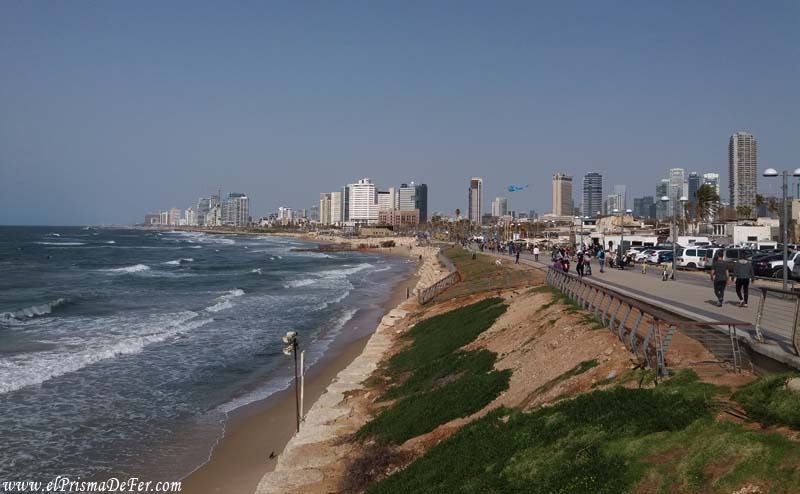
As for public transport, there is a network of city buses that connect the different neighborhoods, and since 2023 the first line of the light rail (Red Line) has also been operating, connecting Tel Aviv with neighboring cities such as Bat Yam and Petah Tikva, facilitating transfers.
For more comfortable or nighttime journeys, the most practical option is to use taxis or apps like Gett and Uber, although they are generally not as cheap.
How expensive Tel Aviv (and Israel in general) is
Something that surprised me greatly upon arriving in Tel Aviv, and in general throughout my trip to Israel, was how expensive the cost of living was.
I was coming from Jordan and Egypt, where you can eat well and cheaply, but here the prices are a different story. I remember that in Tel Aviv I found myself paying for one of the most expensive pizzas of my life, and the same with a simple ice cream on the beach. Basic things that are affordable in other destinations can leave your wallet shaking here.

In order not to unbalance the budget too much, I ended up resorting several times to street stalls and small family-run establishments, where the price-quality ratio is much better.
Hummus, falafel, or shawarmas on the street are delicious and much more affordable than sitting in a downtown restaurant.
Anyway, even street food isn't as cheap as it is in other parts of the world, but at least it allows you to enjoy local cuisine without breaking the bank.
Map with the main points of interest to see in Tel Aviv
What to do in Tel Aviv
Tel Aviv is a vibrant, diverse, and always-on city. Its location on the Mediterranean and its modern character make visiting it very different from the rest of Israel. These are some of the activities and places you can't leave out of your itinerary in Israel's capital:
Enjoy its beaches
The beaches are one of Tel Aviv's biggest draws and set the pace of the city. Locals and tourists alike arrive early to walk, exercise, or simply relax by the sea.

The most popular is Gordon Beach, with wide sand, nearby bars, and a lively atmosphere. Frishman Beach and Banana Beach are also popular, perfect for swimming or playing volleyball.
One of the most striking things is how much daily life in Tel Aviv revolves around the sea. You can spend the morning exploring museums or markets and end the day watching the sunset on the beach, surrounded by young people playing music, families having picnics, and groups of friends sharing a beer.
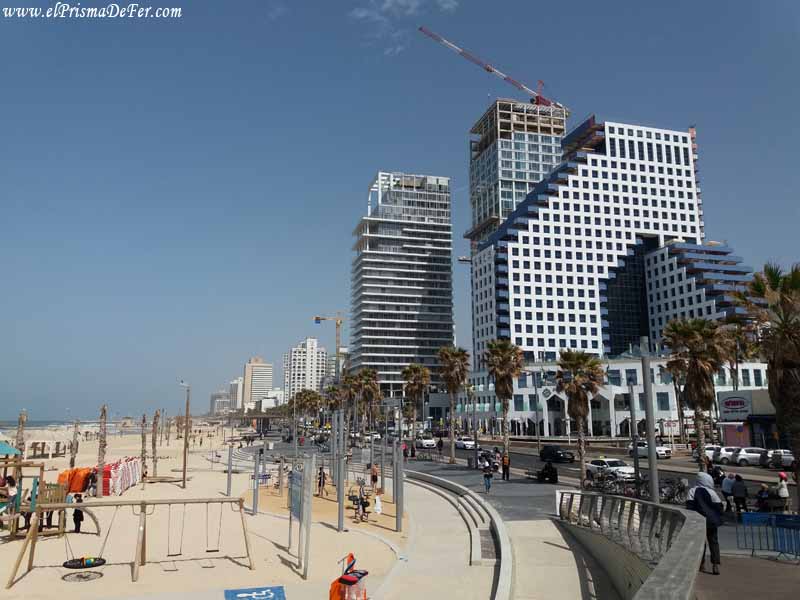
The promenade, known as Tayelet, connects several of these beaches and is ideal for walking or renting a bike.
Touring Jaffa, the old city
At the southern tip of Tel Aviv lies Jaffa (Yafo), one of the oldest ports in the world and a place steeped in history.
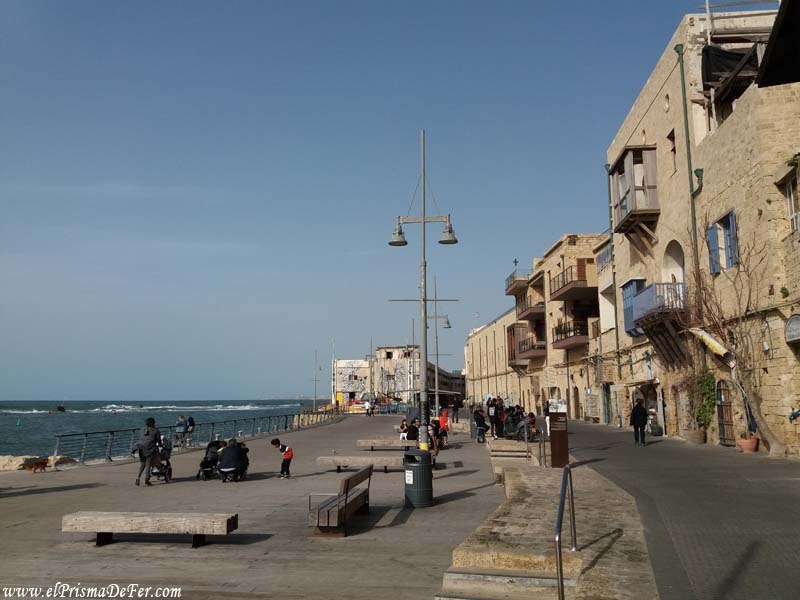
Its cobblestone streets, art galleries, and stone buildings contrast with the modernity of the rest of the city. It's an ideal place to wander, discover small shops, and visit the famous Flea Market, where you can find everything from antiques to vintage clothing, handicrafts to unique souvenirs.

Jaffa also has a rich Arab cultural heritage, which is reflected in its cuisine. You can't leave without trying a good local hummus, considered by many to be the best in Israel.
As evening falls, the port area comes alive with waterfront restaurants and bars offering a relaxed atmosphere, perfect for ending the day.
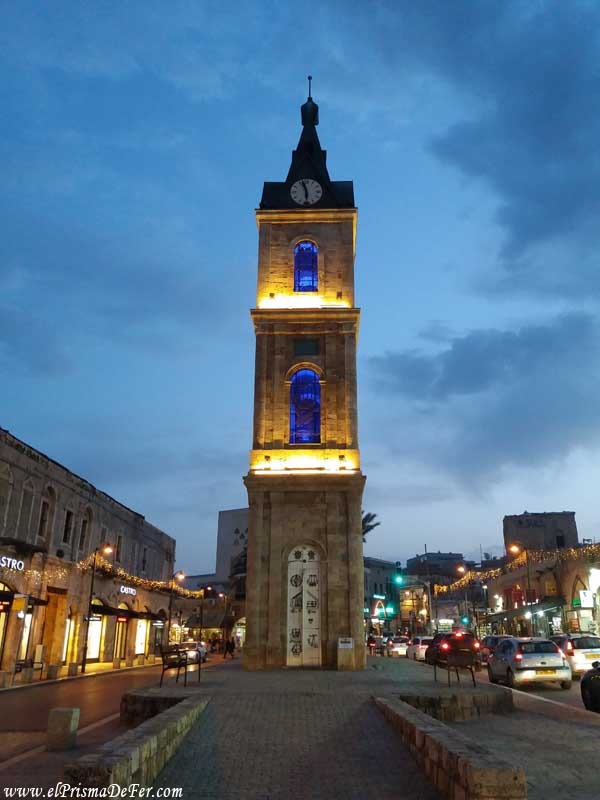
Discover Bauhaus architecture
Another of Tel Aviv's great attractions is its unique architecture, especially the group of Bauhaus buildings that gave the city the nickname of the "White City", declared a UNESCO World Heritage Site.

After the 1930s, thousands of European immigrants brought this functionalist style, characterized by simple lines, white facades, and curved balconies that sought to adapt to the Mediterranean climate.
The largest concentration of buildings is found around Rothschild Boulevard, one of the city's most elegant promenades. There you can walk and linger in front of architectural gems such as the Habima Cultural Center, the Bauhaus Museum, and various restored residential buildings that showcase this unique style.
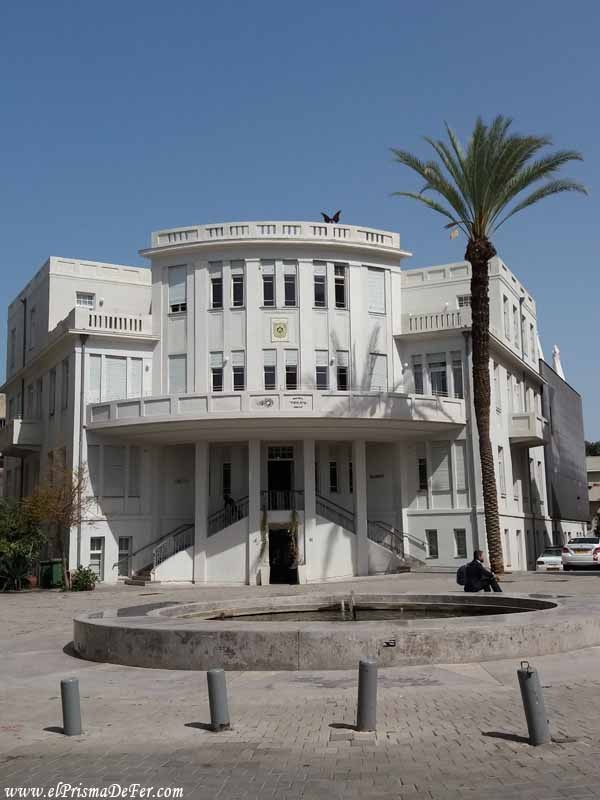
Another must-see is the Dizengoff Square area, surrounded by iconic Bauhaus buildings.
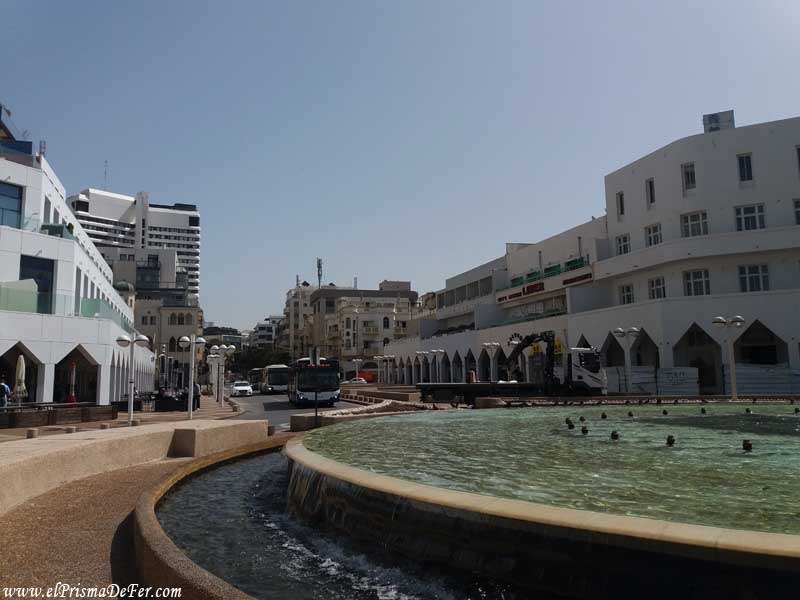
Touring the White City is not only a visual delight, but also a way to understand how Tel Aviv established itself as a modern, open city, distinct from the rest of Israel.
For the more curious, there are even guided architectural tours that explain the history and evolution of this unique heritage site.
Experience the atmosphere of the markets
Tel Aviv is full of markets that are a feast for the senses. The most famous is the Carmel Market (Shuk HaCarmel), where the aromas of spices, fresh fruits, cheeses, typical sweets and street food stalls mix with traditional Israeli and Middle Eastern dishes. It's a bustling and authentic place, ideal for immersing yourself in the local rhythm.
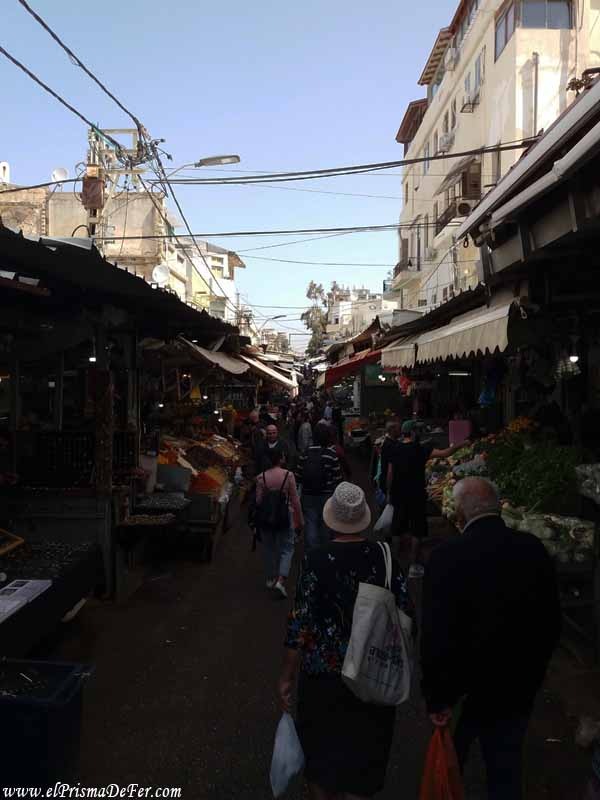
Another worthwhile attraction is the Levinsky Market, with a strong influence from the Persian and Balkan Jewish community. Here you can try unique spices, nuts, olives, and small family-run restaurants serving excellent food at a good price.
Visiting these markets is not only a gastronomic experience, but also a cultural one: you can feel the diversity that characterizes Tel Aviv in every stall and every dish.
Explore the Neve Tzedek neighborhood
Neve Tzedek was one of the first Jewish neighborhoods outside of Jaffa and today is one of the most charming corners of Tel Aviv. Its narrow streets and restored Mediterranean-style houses create a bohemian atmosphere, filled with cafes, designer boutiques, and art galleries. It's a perfect place to wander aimlessly, have a coffee, and simply let its charm take over.
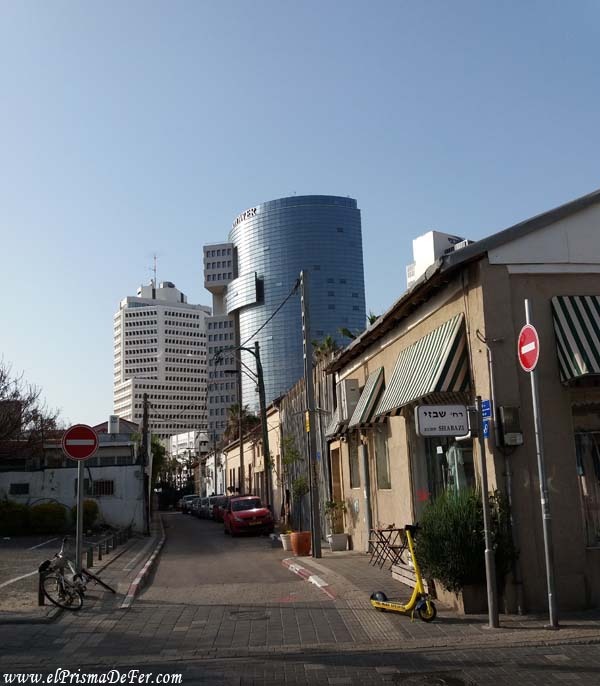
Additionally, this neighborhood is home to the Suzanne Dellal Center, the epicenter of dance and performing arts in Israel, where you can see world-class performances.
Neve Tzedek represents the city's quieter, more sophisticated side, a stark contrast to the hustle and bustle of the markets or the energy of the beaches.
Discover the nightlife
Tel Aviv is famous for its nightlife, considered one of the most intense in the world. From hidden alleyways to nightclubs that don't close until dawn, the city has something for everyone. The Rothschild Boulevard and Florentin neighborhoods are full of trendy bars, while the waterfront clubs offer endless parties with international DJs.
What makes it special is that Tel Aviv's nightlife isn't limited to the weekend. There's action almost every day: live concerts, bars with happy hours, rooftops with spectacular views, and themed parties. It's a city that truly lives up to its reputation as "the city that never sleeps."
Day trips from Tel Aviv
Caesarea
About a 45-minute drive north of Tel Aviv lies Caesarea, one of Israel's archaeological gems. Founded by Herod the Great as a Roman port, the city combines history, the sea, and ancient architecture.
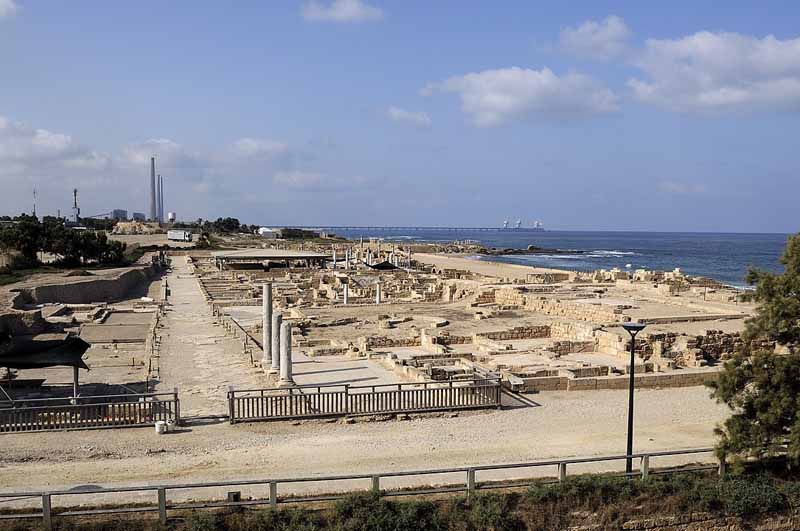
There you can explore amphitheaters, aqueducts, columns, and remains of Roman villas, as well as the old port overlooking the Mediterranean, which offers a spectacular setting for photos.
How to get to Caesarea from Tel Aviv
- By bus: You can get there by bus from Tel Aviv Central Station; buses 910 or 931 arrive in about an hour, depending on traffic.
- The most convenient way is to rent a car or take an organized tour, which includes transportation and a guide.
Once there, you can explore the site on foot and take the opportunity to walk along the nearby coast or even take a dip in the Mediterranean if the weather is good.
To return, if you arrived by bus, you can take the same bus 910 or 931 that brought you there, heading toward Tel Aviv. Buses usually run every 30-60 minutes, but it's a good idea to check the exact schedules before planning your visit.
Haifa and the Bahá'í Gardens
About a two-hour drive or bus ride north of Tel Aviv, Haifa offers a blend of modernity and nature. The Bahá'í Gardens , with their stunning terraced design cascading down the slopes of Mount Carmel, are a World Heritage Site and a must-see. The city also has beaches and an interesting port to explore.

Acre (Akko)
Just over 2 hours north, Acre is famous for its walled old city and historic port. It's a perfect destination for lovers of medieval history and Ottoman architecture. You can get there by bus or car.
Masada and the Dead Sea
Although it is a little further away, it is possible to take a full-day trip to the Dead Sea and Masada from Tel Aviv.
Masada offers historic ruins and spectacular views, while floating in the Dead Sea is a unique experience.
The most practical option is to book an organized tour, which includes transportation and a guide.
Kibbutzim and coastal villages
Near Tel Aviv, there are several kibbutzim that offer a glimpse into rural Israeli life, as well as coastal towns like Herzliya and Netanya, ideal for a relaxing stroll by the sea. You can get there by car or by combining train and bus, and it's a great way to escape the urban pace without going too far.
Jerusalem
Tel Aviv is only 45-60 minutes by train from Jerusalem. For those who haven't been before, it's a must-see destination: history, spirituality, markets, and charming neighborhoods.
The fast and frequent train makes it possible to visit the city and return to Tel Aviv on the same day.
There is also the option of booking a guided day tour that takes you not only to Jerusalem, but also passes through Bethlehem.
Activities organized from Tel Aviv
Where to stay in Tel Aviv on a backpacker budget
Tel Aviv isn't a cheap city, but if you're traveling on a budget, there are several areas and options that allow you to enjoy the city without spending too much. For backpackers, the key is to combine a good location with affordable prices.
One of the most affordable neighborhoods to find accommodation in Tel Aviv is the area near the Levinsky Market. Although it is a little further from the beach and Jaffa, it was the place where I found the best prices for staying in the city, making it a good option for those traveling on a budget.
Another interesting neighborhood is Florentin, known for its alternative and bohemian atmosphere. It offers affordable hostels and shared apartments, as well as local cafes and restaurants that are often cheaper than downtown. The area has nightlife and street art, ideal if you're looking for a young and creative atmosphere.
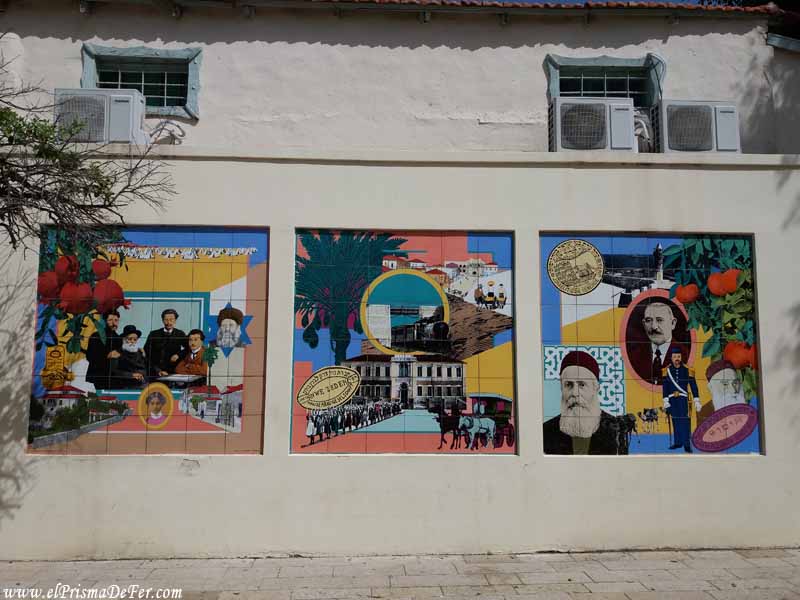
In the downtown and around the beach, near Gordon or Frishman Beach, there are hostels and guesthouses that put you just minutes from the beach and bars, cafes, and supermarkets. Walking or biking from this area is very easy, which helps save on transportation.
If you want to be closer to Jaffa, there are also affordable accommodation options. Being in this historic neighborhood allows you to explore its narrow streets and markets without relying too heavily on public transportation, although prices are a bit higher than in Florentin.
In general, hostels in Tel Aviv offer shared dormitories starting at around USD 25-35 per night, while smaller guesthouses can be a bit more expensive, but often include kitchens and common areas that help reduce food costs.
Security in Tel Aviv
One of the issues that generates the most doubts when thinking about traveling to Israel is security, and in the case of Tel Aviv I can say that I felt quite calm. The city has a very relaxed atmosphere, with people strolling along the beach until late, bars packed, and tourists walking around at night without any worries. In terms of common crimes like theft or scams, Tel Aviv is much safer than many European or Latin American capitals.
Of course, it's important to remember that Israel is a country with a complex political situation. Although it may not be directly noticeable in Tel Aviv, there are always strict security checks at stations, shopping centers, and public buildings, and it's normal to see a military presence at various points. For a traveler, this may seem shocking at first, but it's actually part of everyday life and conveys a sense of protection rather than danger.
In short, Tel Aviv is a safe city to explore day and night, but as with any large destination, it's a good idea to maintain basic safety precautions: don't leave your belongings unattended, avoid poorly lit areas if you're alone, and heed official instructions in case of any unforeseen event.
Best time to visit Tel Aviv
Tel Aviv has a Mediterranean climate, which means long, hot, dry summers and short, wet winters. The average temperature in summer (June to September) usually exceeds 30°C, ideal if you want to enjoy the beaches, but it can be quite hot during the day.
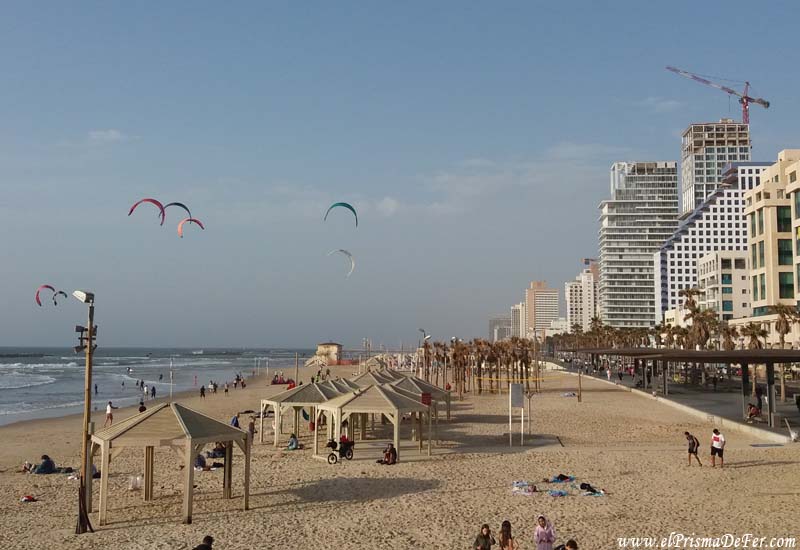
The most pleasant time to explore the city is between March and May or between October and November, when temperatures are milder, there is less humidity, and it is more comfortable to walk through the neighborhoods, visit markets, and enjoy the promenade. There are also fewer tourists during these months than in summer, allowing for a more relaxed and authentic experience.
Winter in Tel Aviv (December to February) is mild, with occasional rain, but the city remains active, with nightlife and markets constantly buzzing. In short, any time of year can be a good time to visit.
How many days to stay in Tel Aviv?
To explore it without rushing, it's ideal to dedicate at least 3 full days. With that time, you can enjoy its beaches, visit markets like Carmel or Sarona, walk through Neve Tzedek, marvel at the White City, and end each day in one of its bars or terraces.
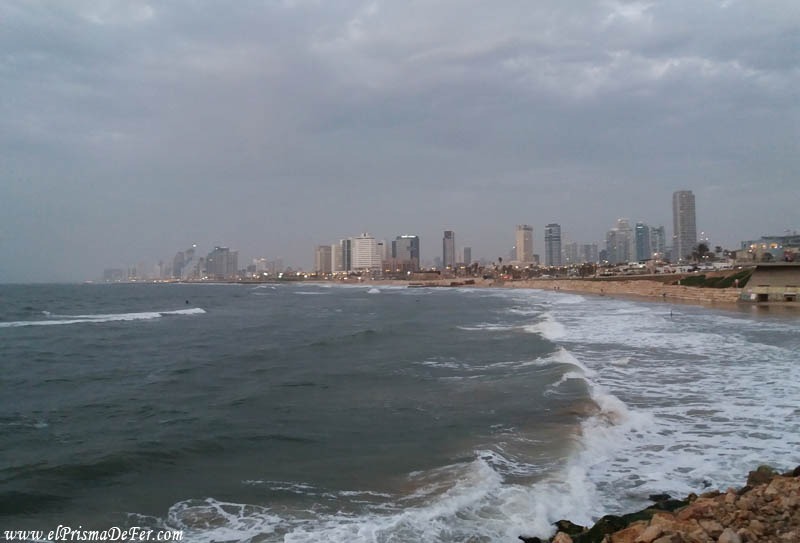
If your trip to Israel is shorter and you need to maximize your time, 2 intense days can also give you a good impression of the city, combining the beach, markets, and a stroll through Jaffa.
My thougths on my visit to Tel Aviv
Tel Aviv left a very good impression on me. It's a modern city, with original architecture that gives it a unique touch, and with corners that truly invite you to stroll.
The Jaffa area is picturesque, full of history and charming streets, while the entire Mediterranean coast is perfect for walking, relaxing or simply lying on the sand and enjoying the sea.
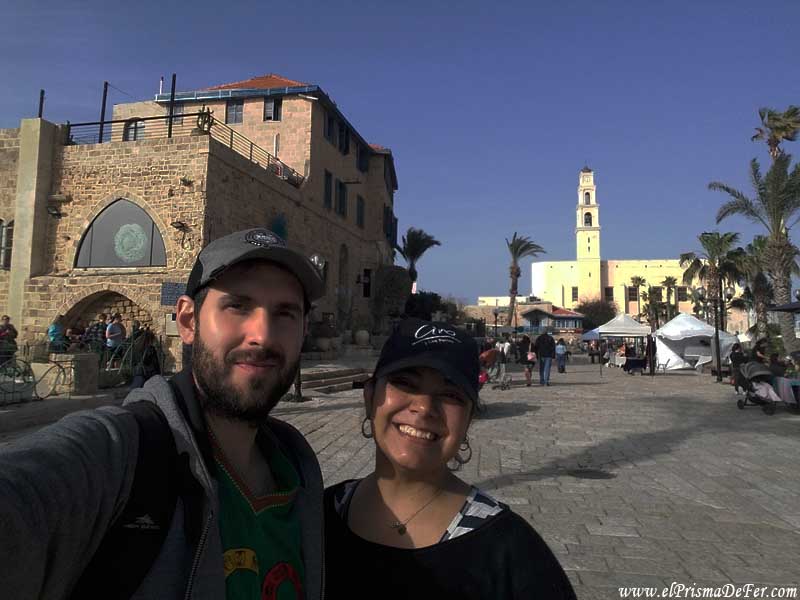
What you feel most in Tel Aviv is its young and vibrant energy: packed bars, people on bikes, music in the squares, and a cosmopolitan atmosphere that makes it different from the rest of Israel.
The only downside is its price, which sometimes forces you to shorten your stay. Even so, it's a destination I would definitely return to, because it has that unique blend of modernity, history, and seaside life.
Support The Prism of Fer!
Your support helps me continue creating free content on the blog. Thank you so much!





